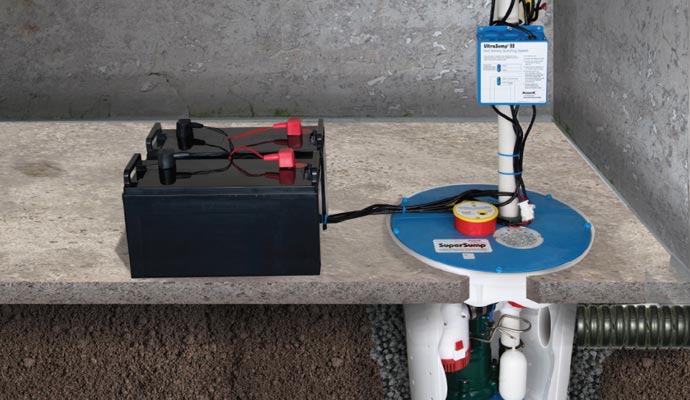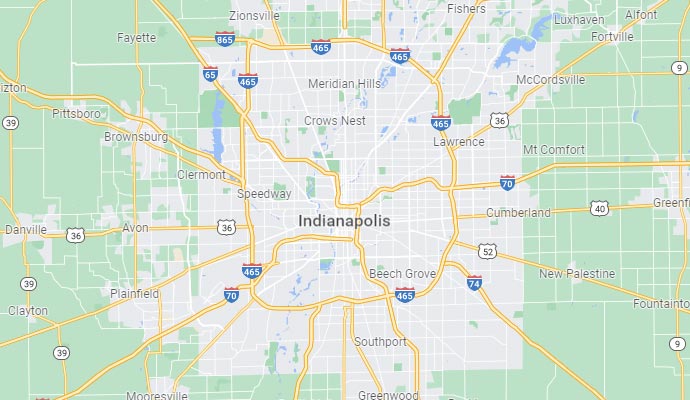Window Well Covers 101
Normally, Indianapolis basement leaks are attributable to Indianapolis foundation cracks and other points of entry for water through Indianapolis foundation walls. To a lesser extent, wet basements result from poor window well drainage; unfortunately, when a Indianapolis basement leak is the result of a poorly draining window well, a significant amount of water can enter into a Indianapolis basement very rapidly.
Window Well Covers – the fix for overflowing window wells?
Typically, homeowners logically conclude that poor window well drainage problems can be overcome by preventing water accumulation in a window well. This is a logical conclusion as the water that accumulates in a window well originates with rain and/or melting snow. Furthermore, it is logical to conclude that, since the top of a window well is fully exposed to the elements, covering a window well is an effective way to prevent water accumulation.
When it has been confirmed that a window well has filled with water that subsequently leaked into their basement, people tend to run to the local hardware store to buy clear plastic window well covers.
Window Well Design and Drainage
While the prevention of window well drainage problems appears simple at a first glance, the reality is a bit more complicated.
When initially installed, window wells are filled with clear gravel that has excellent drainage qualities, and typically include a drain to the weeping tile. Given the inherent design characteristics of window wells ensuring efficient water drainage, a logical question is: why does a window well overflow and fail to drain? The answer to this question is quite simple: because the gravel and/or drain are either clogged or obstructed.
A common cause of window well drainage problems is an obstructed gravel layer. Leaves, newspaper, and plastic bags often end up in a window well, effectively preventing water from draining into the gravel; this is analogous to a kitchen sink with food obstructing the drain. Clearly, it is essential to ensure that window wells remain clear of debris; therefore, regular cleaning is required. Plastic window well covers are very effective at keeping debris out of window wells.
Here is an example of a custom window well cover that is installed to prevent debris from accumulating in a window well.
The Effectiveness of Window Well Covers in Preventing Window Well Drainage Problems
A debris-filled window well is not the primary reason that window wells fail to drain adequately. Furthermore, the majority of the water that enters a window well does not enter from the uncovered top. These two facts are very significant when evaluating the effectiveness of window well covers for the prevention of window well drainage problems.
With respect to excessive rainwater entering a window well from the top, one must consider the surface area of a window well, as well as the amount of rainfall and the drainage efficiency of the window well. The average galvanized window well is 36” wide with a 12” projection; consequently, the area into which rain can enter the window well is 3 ft² which is a relatively small area. Given that the volume of water that such a window well can hold approaches 40 gallons, and that the window well does drain, a considerable amount of rain would have to fall directly into the window well for it to fill up and cause a Indianapolis basement leak. This does happen however when an eavestrough dumps water directly into a window well.
If rainwater entering a window well via the top is not the cause of window well drainage problems, then installing a window well cover is of little value. While the presence of debris such as newspaper and plastic bags in a window well can completely prevent a window well from draining, the most common problem encountered is soil contamination of the gravel layer and/or the associated drain.
Soil enters a window well in three ways:
- Over the top of the window well (typically due to excessively high grading relative to the height of the window well);
- Between the Indianapolis foundation wall and the window well affixed to it (the window well must be fastened tightly to the wall); and
- From beneath the window well (the height of the window well being insufficient for the depth of the Indianapolis basement window).
When soil enters a window well, the soil mixes with the clear gravel creating a muddy gravel layer with an associated loss of drainage efficiency. In extreme cases, the soil will contaminate the drain as well. Soil contamination of the gravel layer and window well drain cannot be prevented by installing a window well cover.
Details
Published: 03 December 2017

















